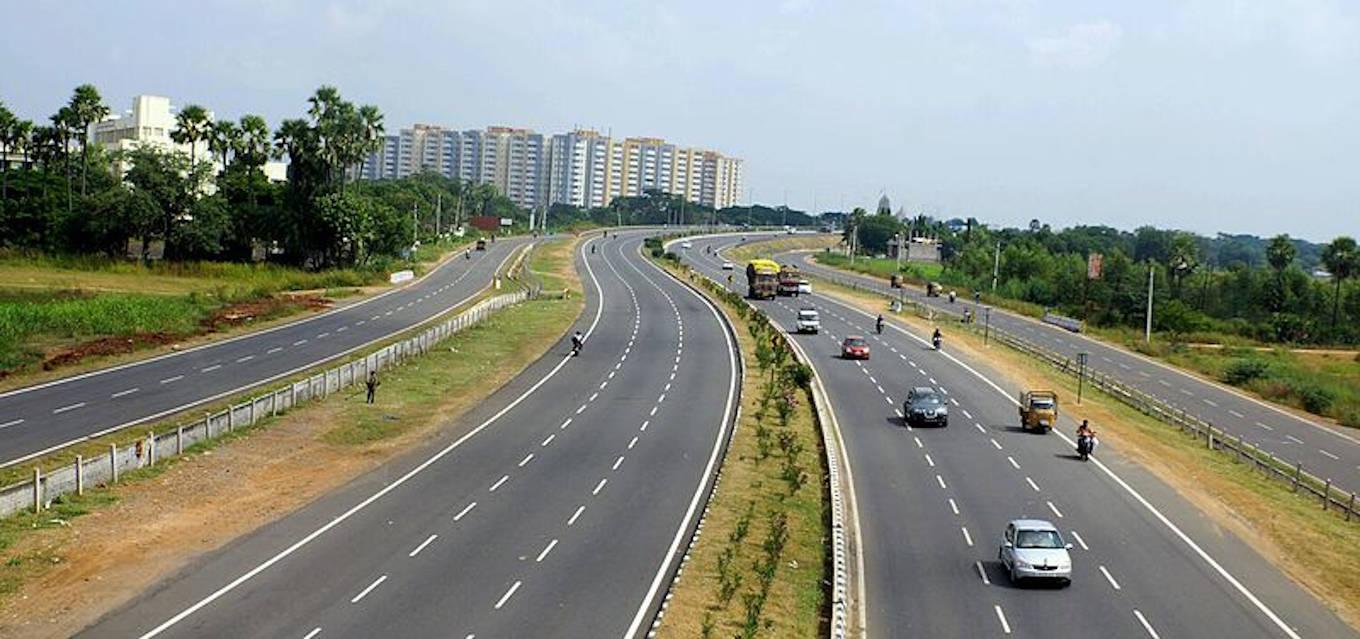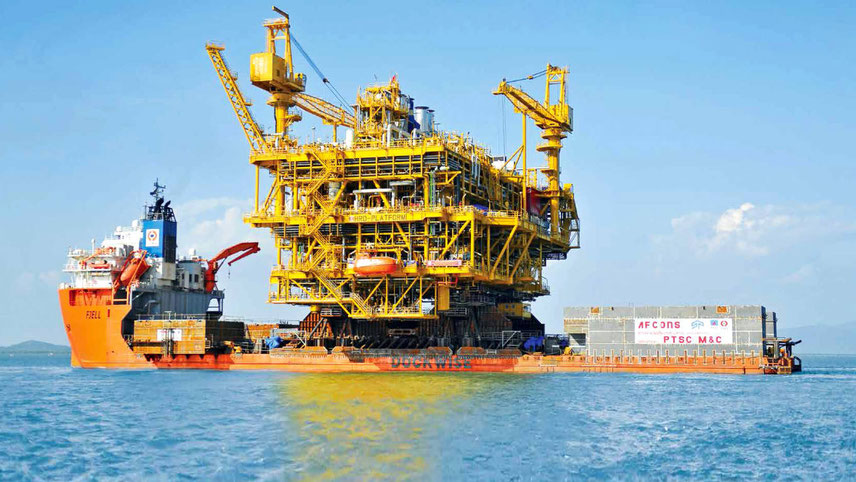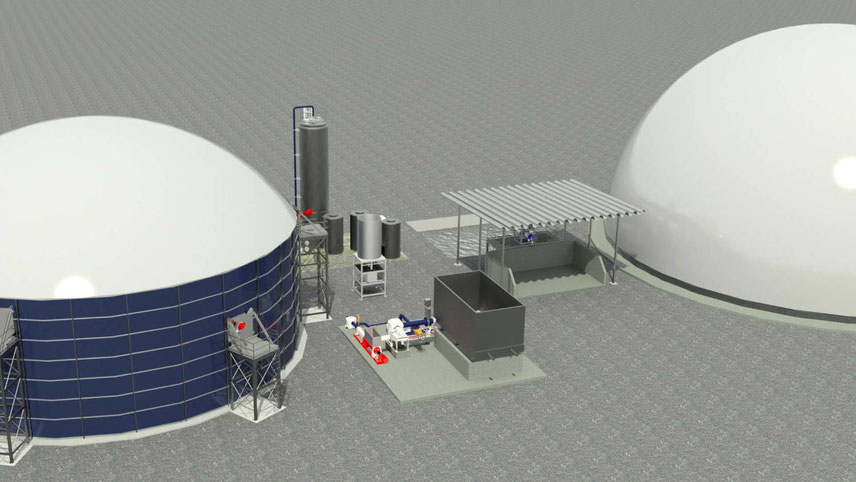-

Despite the headline numbers, India is underdeveloped in infrastructure, due to its inability to sustain a cycle of investment
BOT is the conventional model, where the private party finances, builds, owns and operates an asset over the concession period (20-30 years). At the end of the concession, the asset reverts to the government or a government-owned entity. During this period, the private party is entitled to collect user charges.
HAM has been specifically designed for India’s highways, to provide early payback of capital to the private party. The National Highway Authority of India (NHAI) is the implementing authority for HAM. As per HAM, the private party finances, builds and operates the asset, but NHAI collects user charges. NHAI pays 40 per cent of the private party’s investment (plus a return) over five years (annuity). The remaining 60 per cent is paid over the concession period (20-30 years), based on actual usage of the asset (variable payments).
The PPP model has not succeeded because the fundamentals of risk allocation are not consistently applied. PPPs are natural monopolies and therefore subject to intense scrutiny and constant risk of derailment. Therefore, the government cannot afford to play a detached role while awarding a project, leaving the burden of risk on the private party. The government must ensure that its departments provide clearances for the project in a timely and co-ordinated manner.
Most delays are due to the time taken in obtaining clearances from various departments, which often work at cross-purposes. In addition, in the absence of clear rules for land acquisition, a private party assumes disproportionate risk on a task for which the government is better suited, using the doctrine of Eminent Domain.
India can solve the problem of its infrastructure deficit by following a plan for systematic de-risking of PPP projects, thereby allowing different long-term investors (retail investors, pension and sovereign funds) to invest at various stages of a project. This method is described in the following three parts.
De-risking by up-front preparation
The viability of an infrastructure project is time-sensitive. Delays during construction escalate project cost and impacts financial viability. Delays occur in: land acquisition, clearances, and unclear parameters, resulting in disputes which stall execution. Projects can be de-risked from delays by pre-conditioning the following actions in the preparatory stage:
Feasibility. In addition to economic viability assessment, feasibility should be completed only after all risks are determined as addressable and conformity with law is established. A project should be allowed to proceed to the next stage of development only after such determination.
Development. This is the project detailing stage – technical parameters, financial projections, capital structuring, contract documentation and clearances. At this stage, a project company should be formed by the government (or its agency) to receive project clearances and later, to raise capital and execute contracts. All clearances should be delivered to the project company, before awarding the project to a private party. Contracts should be drawn with clearly defined responsibility allocation. Bidding should only commence after completing these actions.
Bidding and financial closure. Once a private party wins a bid, they should be required to obtain binding commitments to finance the project within a specified time – this milestone is defined as financial closure. Project construction must not commence until financial closure is achieved.
-
The attention of the government must be focussed on the physical processes of risk allocation and mitigation. Risk mitigation translates into lower sector NPLs for banks
Land acquisition
The government amended the land acquisition law in 2014, to make the process more transparent and fairer in compensation. However, instead of a set of uniform guidelines, the law gives states the right to make their own rules to acquire land. The result is a set of vastly differing practices in the states, which is not conducive to instilling confidence in the process. Instead of burdening the private party with the task and associated risk, completion of land acquisition by the government should be a precondition to inviting private parties to a PPP project. Land will be the government’s equity in the project and can be refinanced on financial closure, to release the government’s capital.
Dynamic capital structure
A dynamic capital structure in a PPP model evolves over the development, construction and operation stages of the project. Investment at different stages should be provided by lenders or investors best suited to meet the requirements of that stage. The sequence is described below.
(a) Initially, the government provides equity to fund land acquisition and the expense of bringing a project to the bidding stage, where all clearances have been procured and all contracts drawn up. Such equity should be provided through the NIIF or NaBFID. This will reduce the load on the budget and enable activation of a larger number of projects, via release of equity in phase (b).
(b) When the project reaches financial closure, a part of the phase (a) equity can be released with bank loans of a three- to five-year tenor. A risk-mitigated financial closure (based on completed land acquisition, established feasibility, binding clearances and project contracts) will reduce NPLs on banks, with the shorter tenor of three to five years being more in tune with their lending capabilities. The three- to five-year tenor of debt coincides with the time for construction and stabilisation of operations.
(c) The cost of equity would be the highest, if provided by private investors in the project company. Servicing private equity would escalate project cost and consequently, user charges. Therefore, instead of equity, the private party should provide financial guarantees for their obligation to execute the project. In a dynamic capital plan, the role of the private party will be to build and operate the asset, within a system of incentives and penalties at all stages.
(d) Once construction is completed and a level of operational stability is achieved, long term capital (repayable over 15-20 years) can take out bank loans. For long-term investors, risk mitigation occurs when investment is made after pre-operative and construction risks are eliminated and the project is commercialised.
-
For the government, apart from project earnings, PSU divestment proceeds can also be partly used to fund infrastructure equity
(e) The end result of a dynamic capital structure is that the government (or its designated agency) will be the only equity owner of the project. After servicing long-term investors in phase (d), all user charges from a project will accrue to the government’s coffers. This becomes a source to finance other PPP projects, without depending on budget resources.
Thus, in project financing, a reduction of risks translates into a lower cost of capital. In a dynamic capital structure, the government’s equity is limited to land acquisition costs and development expenditure. The bulk of the capital is accessed from banks and investors, based on systematic risk allocation. As such, a reduction in the need for budget resources can be achieved, apart from a lower cost of capital. Direct investment by long-term investors costs far less than equity investment by private developers.
The attention of the government must be focussed on the physical processes of risk allocation and mitigation. Risk mitigation translates into lower sector NPLs for banks. In a dynamic capital structure, investors can earn long-term fixed income returns – a new avenue, which can move long-term savings away from risky equity markets towards stable public assets.
For the government, apart from project earnings, PSU divestment proceeds can also be partly used to fund infrastructure equity. Such reallocation would be an ideal diversification away from PSU equity ownership in favour of a direct and permanent ownership of public assets. There are few better ways than this to restore the national family silver.




































